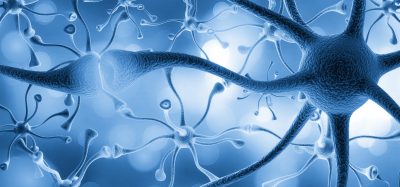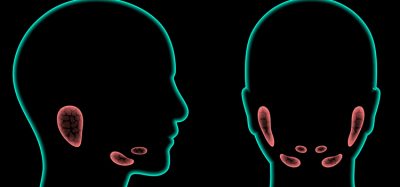New screening method reveals why Alzheimer’s drugs often fail
Posted: 29 March 2022 | Ria Kakkad (Drug Target Review) | No comments yet
Researchers have developed a new method to screen drugs for Alzheimer’s disease, shedding light on why current drugs have failed and identifying novel drug targets.


Researchers at the University of California San Diego, US have recently developed a new drug screening method for Alzheimer’s by analysing disease mechanisms in human neurons. The research, which was published in Alzheimer’s & Dementia: The Journal of the Alzheimer’s Association, highlights why Alzheimer’s drugs thus far have been ineffective and identifies new drug targets — this could potentially open new therapeutic approaches for treating the disease.
Current drugs for Alzheimer’s disease aim to clear out amyloid plaques; formed by the build-up for amyloid beta proteins in the brain, these are what kill neurons and cause the disease. However, the researchers argue that as well as not improving or preventing dementia in patients, it has often made the disease worse. To understand why, the research team developed a drug screening method that looks at what disease mechanisms, or endotypes, change in patients’ neurons as a result of treatment. The most widely studied Alzheimer’s endotype is amyloid plaque formation. However, the team argue that there are other endotypes that also warrant attention. These include de-differentiation of neurons to an earlier “non-neuron” cell state; suppression of neuronal genes; and loss of synaptic connections.
“This is a new test for measuring whether an Alzheimer’s drug works,” senior author Professor Shankar Subramaniam. “The key here is that we are using the endotypes that we discovered to see how current drugs fail. When drugs interact with human neurons, what endotypes do the drugs fix and what endotypes do they not fix in the process?”
The method involves taking human induced pluripotent stem cells derived from patients with familial Alzheimer’s disease, which is a hereditary form of Alzheimer’s and transforming them into neurons. The researchers treat these neurons with drugs and use next-generation sequencing techniques to evaluate what endotypes change before and after treatment. The researchers also perform this screen on neurons derived from healthy individuals as a control experiment.
In this study, the researchers screened two experimental Alzheimer’s drugs that were designed to reduce or prevent growth of amyloid plaques. The researchers found that the drugs only fix some endotypes, such as the formation of amyloid plaques. The drugs also partly fix the de-differentiation endotype, by triggering “non-neuron” cells to transform back into neurons. However, this transformation is not complete, noted Subramaniam, because the neurons still lack synaptic connections and therefore cannot communicate with each other.
“Now we have a prescription for what endotypes to target during drug screening,” said Subramaniam. “What we are seeing is that fixing amyloid plaque formation does not reverse the disease in any way. It turns out that this endotype is way downstream, so it is too late. Once neurons de-differentiate into non-neurons, they lose their synaptic connections, which leads to loss of memory and cognition and as a consequence, dementia.”
The team’s future plans involve evaluating the drug screening method on brain organoids.
Related topics
Disease Research, Drug Delivery, Drug Development, Drug Discovery, Drug Discovery Processes, Drug Leads, Drug Targets, Neutrons, Screening, Targets, Technology
Related conditions
Alzheimer’s disease, Dementia
Related organisations
University of California San Diego
Related people
Professor Shankar Subramaniam








